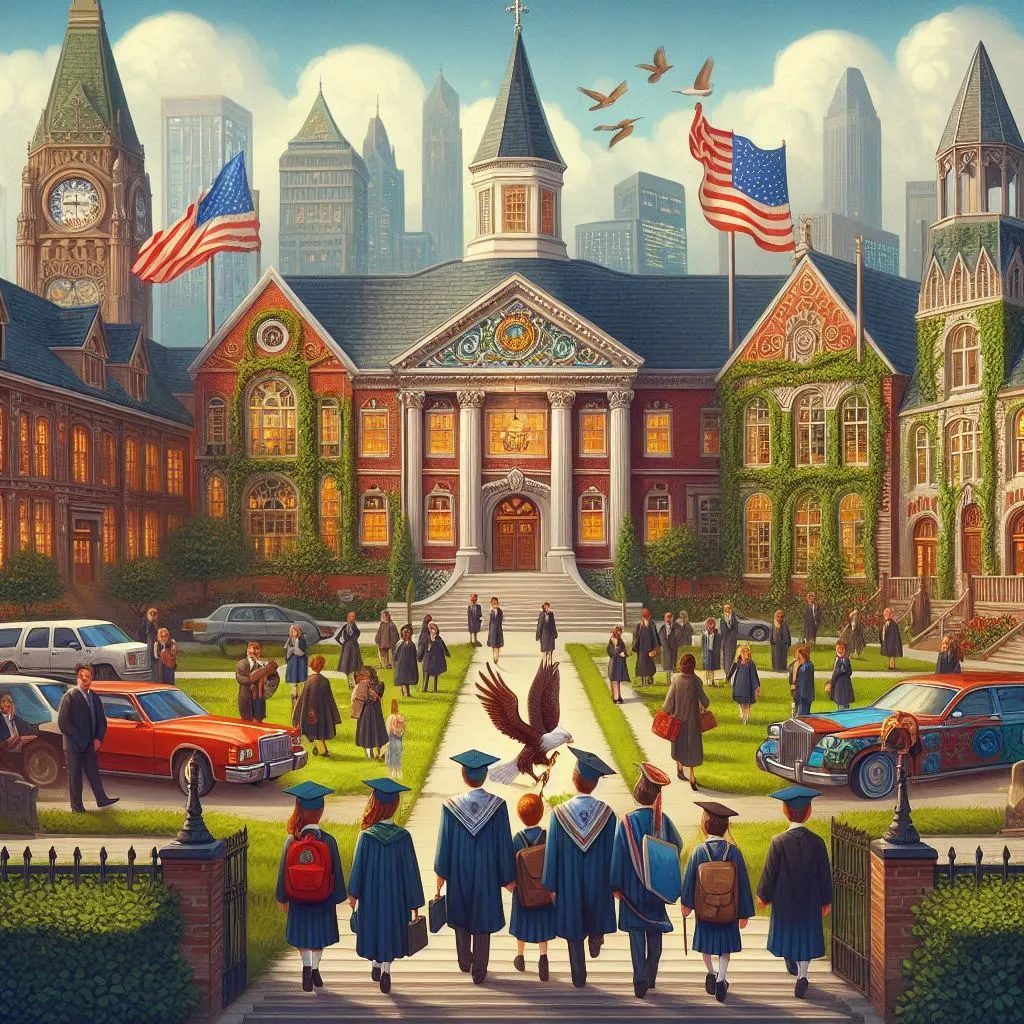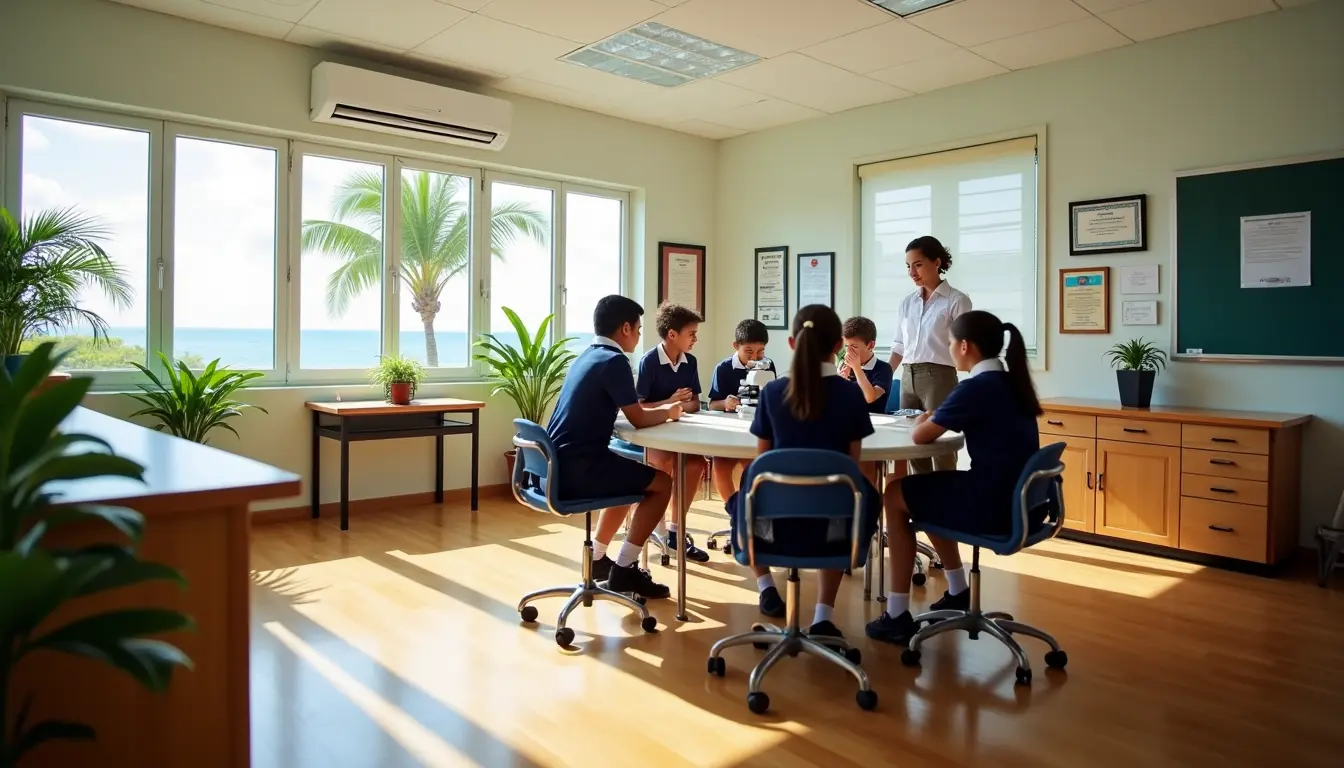In the rapidly evolving landscape of education, innovative teaching strategies are essential to engage students and enhance their learning experiences. Traditional methods are being supplemented and sometimes replaced by creative approaches that cater to diverse learning styles and needs. This article explores some of the most effective and forward-thinking teaching strategies being implemented in classrooms across the United States. Education today requires an adaptive framework that encompasses technology, collaborative efforts, and personalized approaches to learning. By integrating these elements, teachers can address the varied needs of their students, making learning both relevant and impactful. As we delve deeper into these strategies, we will discuss their significance, application, and the positive outcomes they foster in educational settings.
Embracing Technology in Education
Teaching: Strategies for Student Engagement
Teaching: Essential Strategies for Engaging Students in Innovative Learning
Innovative Teaching: Strategies for Success in the Classroom
Teaching: A Key Component of Innovative Strategies
Innovative Teaching: Inspiring Future Generations with Creative Strategies
Teaching Strategies for Engaging Students
Teaching Strategies: Engaging Students Through Innovation
Innovative Teaching: Empowering Educators and Students
Innovative Teaching Strategies: Fostering Effective Learning
Teaching with Technology: Enhancing Learning Experiences
Today’s educators face unprecedented challenges that require innovative solutions. As classrooms shift to accommodate a more dynamic learning environment, the integration of technology and collaborative practices plays a pivotal role. To understand the full scope of these strategies, it is vital to explore how they influence student engagement, retention, and overall satisfaction with the learning experience.
Embracing Technology in Education: A Comprehensive Overview
The integration of digital tools is transforming modern education. Tablets, laptops, and interactive whiteboards have become essential resources in the classroom, allowing students to access a wealth of information and interactive learning experiences. For instance, using tablets in a science class can enable students to conduct virtual experiments, such as simulating chemical reactions or exploring ecosystems in real-time. Apps and online platforms like Google Classroom and Khan Academy provide personalized learning opportunities, allowing students to progress at their own pace. These tools not only engage students but also facilitate differentiated instruction, where teachers can tailor their teaching methods to meet the diverse learning styles present in the classroom.
A Deep Dive into Virtual and Augmented Reality
Virtual Reality (VR) and Augmented Reality (AR) are revolutionizing the way subjects are taught, offering immersive experiences that captivate students’ imaginations. For example, a history lesson can come to life through virtual tours of ancient civilizations, allowing students to walk through the streets of Rome or explore the pyramids of Egypt. In science classes, VR can facilitate a detailed exploration of the human body in 3D, enabling students to visualize complex systems like the circulatory or respiratory systems. These immersive experiences not only enhance engagement but also significantly improve information retention, as students are more likely to remember what they actively participate in rather than what they passively observe.
Creating Collaborative Learning Environments for Success
Group Projects and Peer Teaching: A New Paradigm
Collaborative learning shifts the focus from individual achievement to group success, fostering a culture of teamwork. Group projects encourage students to work together, pooling their diverse skills and knowledge to tackle complex challenges. This collaborative effort not only enhances communication skills but also nurtures problem-solving abilities that are essential in today’s workforce. Moreover, peer teaching, where students explain concepts to each other, reinforces their understanding and builds confidence. For example, a student who excels in mathematics can tutor a classmate struggling with algebra, thereby consolidating their knowledge while assisting others in their learning journey.
Flipped Classrooms: Redefining Learning Spaces
The flipped classroom model is gaining popularity as an innovative approach to teaching. In this model, students watch lectures and learn new content at home, typically through videos. This allows classroom time to be dedicated to hands-on activities, discussions, and problem-solving exercises. Such an approach not only enables teachers to provide more individualized support but also encourages active learning, as students come prepared with questions and insights. For example, in a flipped math classroom, students can engage in collaborative problem-solving during class, applying concepts they studied at home and deepening their understanding through interactive dialogue with peers and the teacher.
Exploring Personalized Learning Approaches: Tailoring Education
Differentiated Instruction: Meeting Diverse Learning Needs
Differentiated instruction involves tailoring teaching methods and materials to meet the diverse needs of students. By providing various pathways to learning, teachers can effectively address the unique strengths and challenges of each student. For example, a teacher might offer multiple types of assignments—such as written reports, visual presentations, or oral discussions—allowing students to choose the format that best aligns with their skills. Additionally, using a range of assessment methods, such as quizzes, projects, and peer evaluations, helps gather a comprehensive understanding of student learning. Creating flexible learning groups, where students can collaborate with peers at similar skill levels or mix different abilities, further enhances the inclusivity of the learning environment.
Project-Based Learning: A Real-World Approach
Project-Based Learning (PBL) is a student-centered approach that involves learning through the completion of projects. These projects are often interdisciplinary, requiring students to apply knowledge from various subjects to solve real-world problems. For instance, students might collaborate on a project to develop a sustainable garden, integrating science, math, and art as they research plant growth, calculate garden dimensions, and design aesthetic layouts. PBL promotes critical thinking, creativity, and the practical application of skills, making learning more relevant and engaging. By working on projects, students also develop essential life skills, such as time management, organization, and collaboration, which are crucial for success in their future careers.

Conclusion: The Future of Education is Innovative
As education continues to evolve, innovative teaching strategies are crucial for preparing students for the future. By embracing technology, fostering collaboration, and personalizing learning experiences, educators can create dynamic and effective learning environments. These strategies not only enhance academic achievement but also equip students with the skills they need to thrive in an ever-changing world. Furthermore, as we look toward the future of education, it’s essential for educators to remain adaptable and open to new methodologies that can further enrich the learning experience. Continuous professional development and a willingness to embrace change will ensure that educators are well-equipped to meet the diverse needs of their students and prepare them for success in the 21st century.



